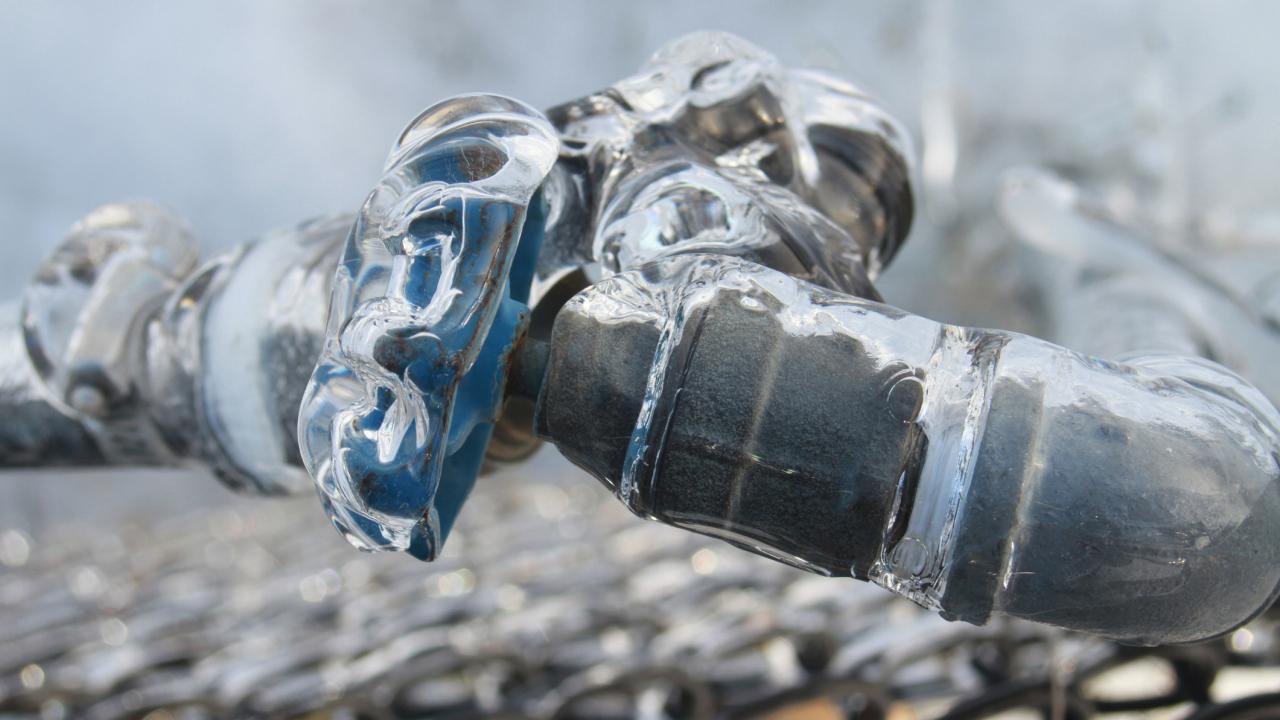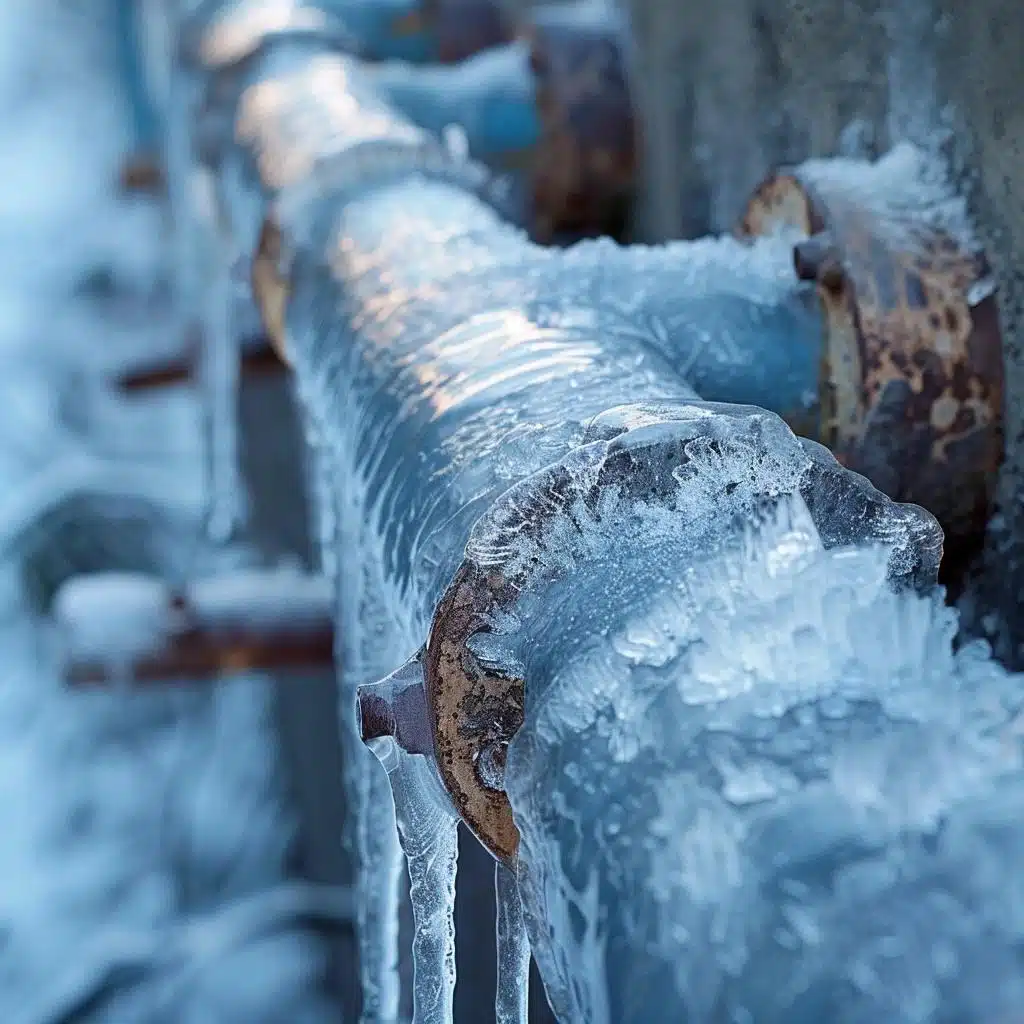Tips for Avoiding Frozen Plumbing in Cold Weather: Professional Advice
Tips for Avoiding Frozen Plumbing in Cold Weather: Professional Advice
Blog Article
Everyone may have their own individual way of thinking involving 6 Ways to Prevent Frozen Pipes.

Cold weather can damage your pipes, particularly by freezing pipes. Right here's just how to prevent it from happening and what to do if it does.
Intro
As temperature levels drop, the danger of icy pipelines boosts, possibly bring about pricey fixings and water damages. Understanding how to avoid icy pipelines is critical for house owners in chilly environments.
Avoidance Tips
Shielding vulnerable pipes
Wrap pipelines in insulation sleeves or use warm tape to shield them from freezing temperatures. Focus on pipelines in unheated or outside areas of the home.
Home heating methods
Keep interior spaces effectively warmed, particularly areas with pipes. Open up cupboard doors to allow cozy air to distribute around pipes under sinks.
Just how to recognize frozen pipelines
Try to find decreased water circulation from faucets, uncommon odors or sounds from pipes, and visible frost on subjected pipes.
Long-Term Solutions
Architectural adjustments
Think about rerouting pipes away from outside walls or unheated areas. Add extra insulation to attic rooms, basements, and crawl spaces.
Upgrading insulation
Buy high-grade insulation for pipelines, attic rooms, and walls. Correct insulation helps keep constant temperatures and decreases the danger of frozen pipes.
Safeguarding Exterior Pipes
Yard hose pipes and outdoor faucets
Disconnect and drain pipes yard tubes prior to winter. Install frost-proof spigots or cover outside faucets with insulated caps.
Understanding Icy Pipes
What causes pipelines to ice up?
Pipes freeze when revealed to temperature levels listed below 32 ° F (0 ° C) for extended durations. As water inside the pipelines freezes, it expands, taxing the pipeline walls and possibly creating them to rupture.
Risks and problems
Frozen pipelines can cause water interruptions, residential property damage, and costly repairs. Ruptured pipes can flood homes and create comprehensive architectural damage.
Indications of Frozen Piping
Identifying frozen pipelines early can stop them from bursting.
What to Do If Your Pipes Freeze
Immediate activities to take
If you believe frozen pipes, keep faucets available to soothe stress as the ice melts. Utilize a hairdryer or towels soaked in warm water to thaw pipelines slowly.
Verdict
Stopping icy pipes calls for proactive procedures and quick reactions. By recognizing the causes, indications, and safety nets, house owners can safeguard their pipes throughout cold weather.
5 Ways to Prevent Frozen Pipes
Drain Outdoor Faucets and Disconnect Hoses
First, close the shut-off valve that controls the flow of water in the pipe to your outdoor faucet. Then, head outside to disconnect and drain your hose and open the outdoor faucet to allow the water to completely drain out of the line. Turn off the faucet when done. Finally, head back to the shut-off valve and drain the remaining water inside the pipe into a bucket or container. Additionally, if you have a home irrigation system, you should consider hiring an expert to clear the system of water each year.
Insulate Pipes
One of the best and most cost-effective methods for preventing frozen water pipes is to wrap your pipes with insulation. This is especially important for areas in your home that aren’t exposed to heat, such as an attic. We suggest using foam sleeves, which can typically be found at your local hardware store.
Keep Heat Running at 65
Your pipes are located inside your walls, and the temperature there is much colder than the rest of the house. To prevent your pipes from freezing, The Insurance Information Institute suggests that you keep your home heated to at least 65 degrees, even when traveling. You may want to invest in smart devices that can keep an eye on the temperature in your home while you’re away.
Leave Water Dripping
Moving water — even a small trickle — can prevent ice from forming inside your pipes. When freezing temps are imminent, start a drip of water from all faucets that serve exposed pipes. Leaving a few faucets running will also help relieve pressure inside the pipes and help prevent a rupture if the water inside freezes.
Open Cupboard Doors
Warm your kitchen and bathroom pipes by opening cupboards and vanities. You should also leave your interior doors ajar to help warm air circulate evenly throughout your home.

I was made aware of that report about How to Prevent Your Pipes From Freezing from a pal on our other site. Sharing is nice. You won't know, you could be helping someone out. Thank you so much for taking the time to read it.
Click Here Report this page